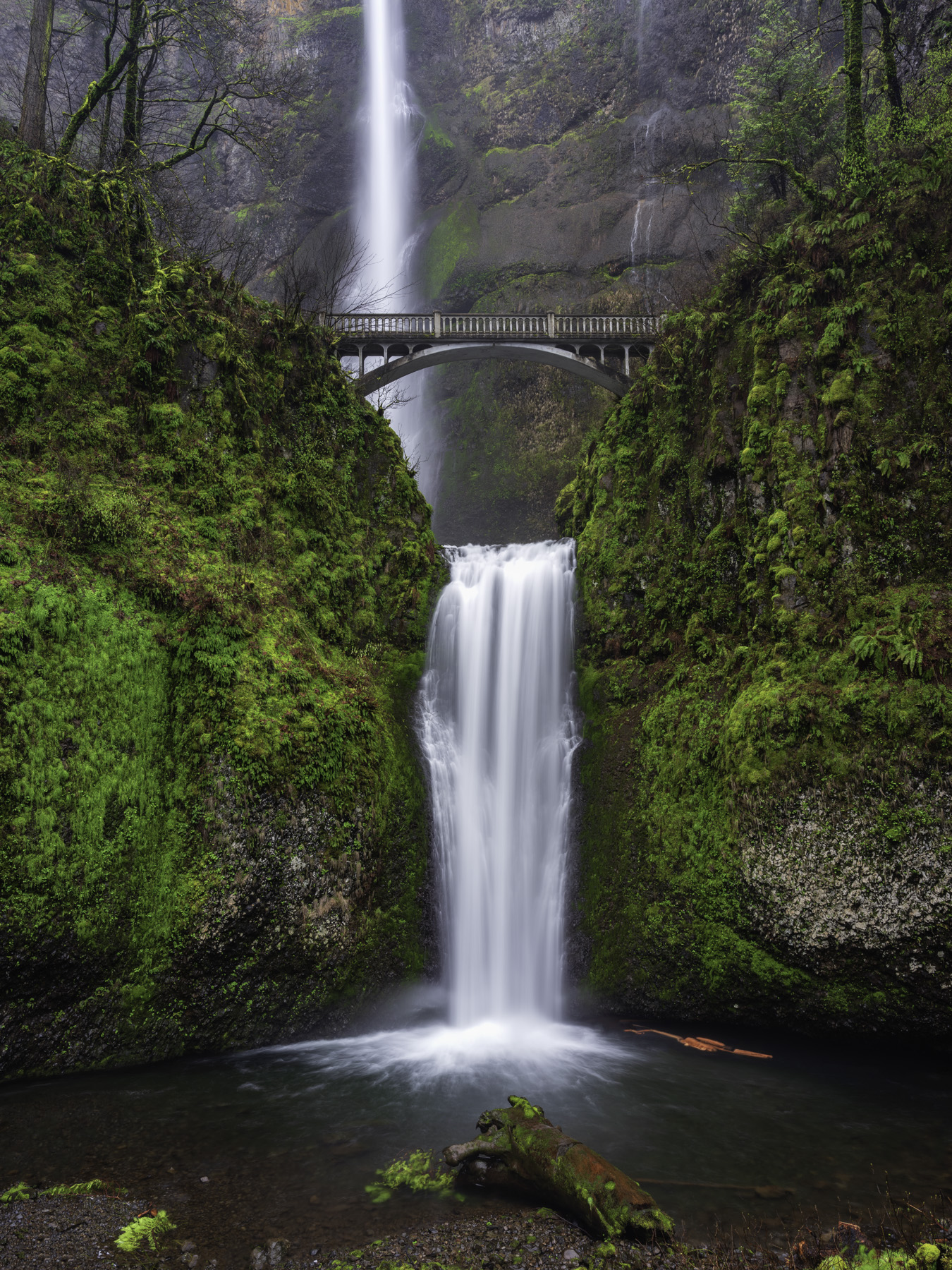ND filters are darkened glass that uniformly reduces the amount of light entering the lens, which allows a photographer to lengthen the shutter speed in order to achieve effects that are not reproducible by post-processing alone. The duration of shutter speed prolongation depends on how dark the filter is. ND Filters are also helpful when the contrast between the highlights and shadows is too high to get a quality exposure.
ND Filters enable you to capture sharper images and photograph at larger apertures allowing you to control diffraction. For example, if the subject is a waterfall during the day and the target shutter speed is 2 seconds to smooth out the flowing water, without an ND the aperture will be small ie f/22 and this will cause a reduction in sharpness due to diffraction. With an ND Filter, it will allow you to reduce the aperture ie f/10 to get a sharper image.
Some common examples of using an ND include:
- Smoothing or softening of water
- Emphasizing water flow
- Smoothing or softening of clouds
- Emphasizing movement in an image
- Creating cloud movement
- Removing moving objects
ND8 (3 Stop) to smooth out water flow.

ND1000 (10 Stop) to smooth out clouds and show cloud movement.
